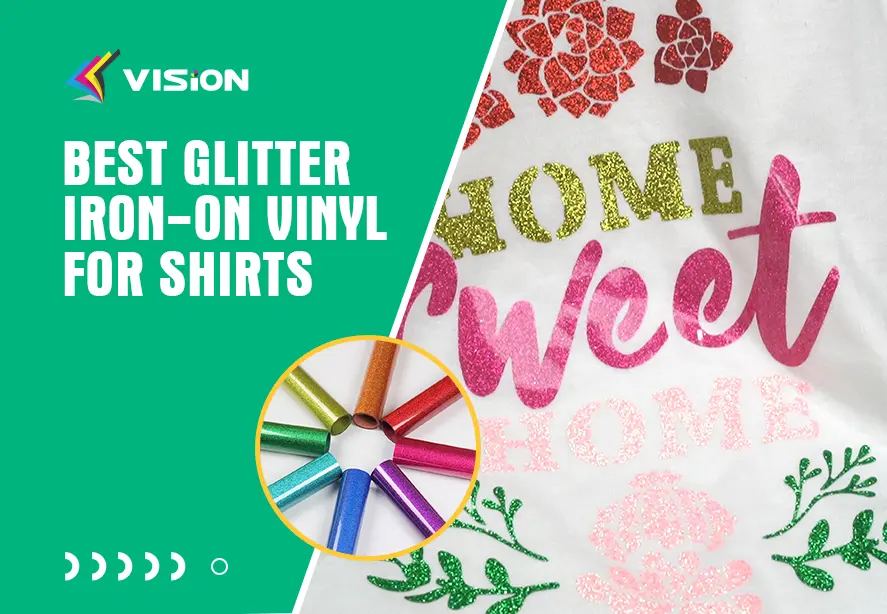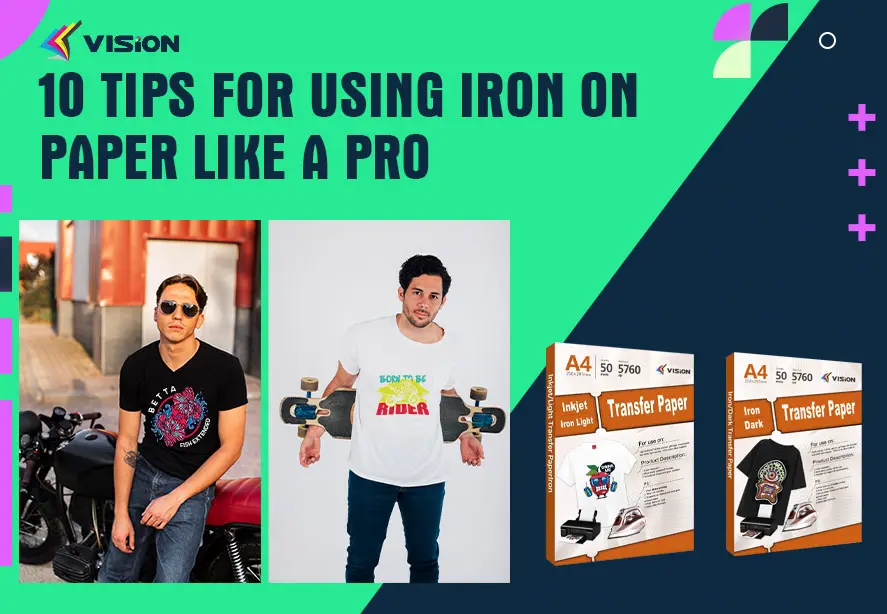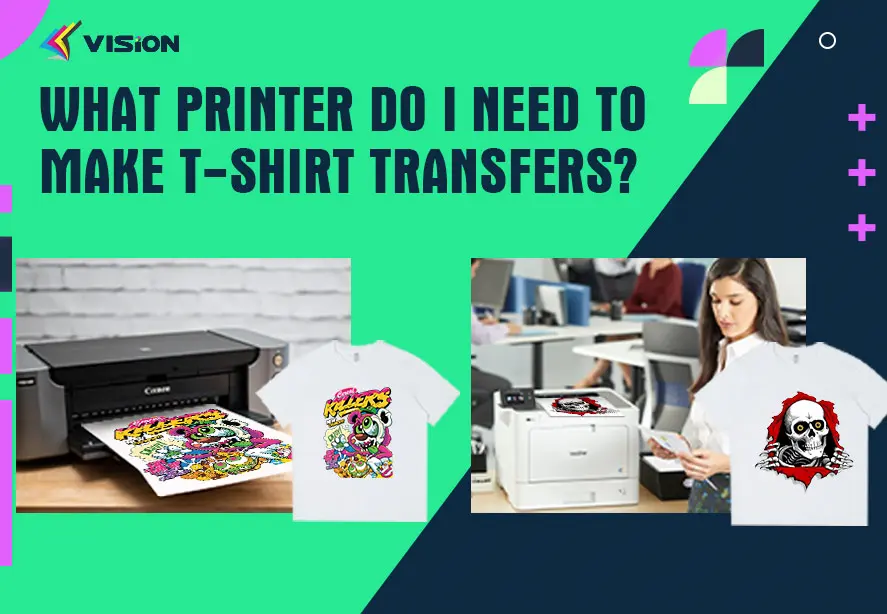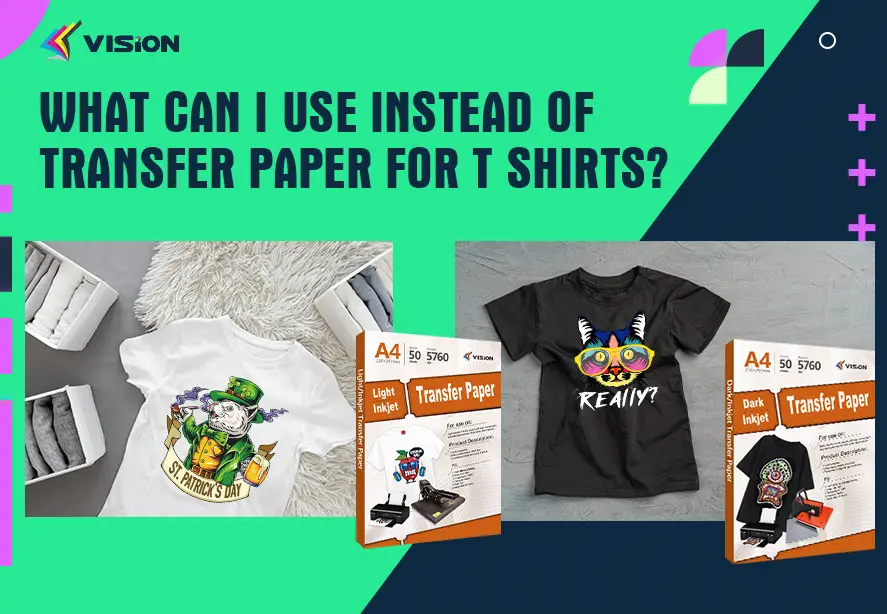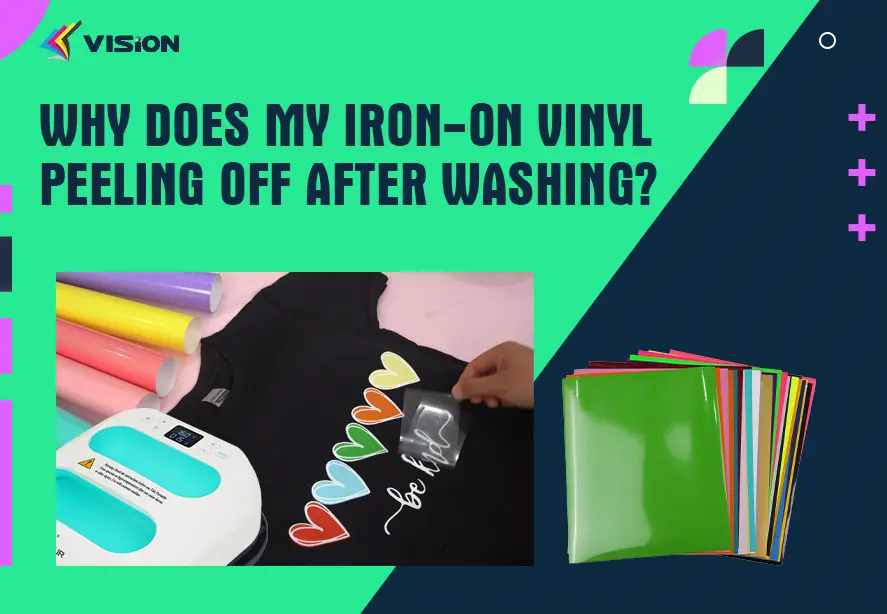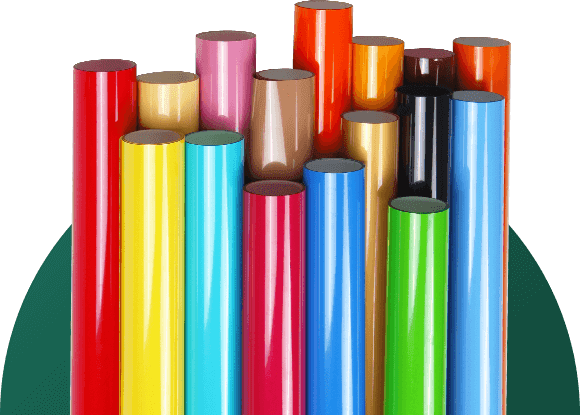10 Pro Tips for Perfect Heat Transfer Vinyl Application
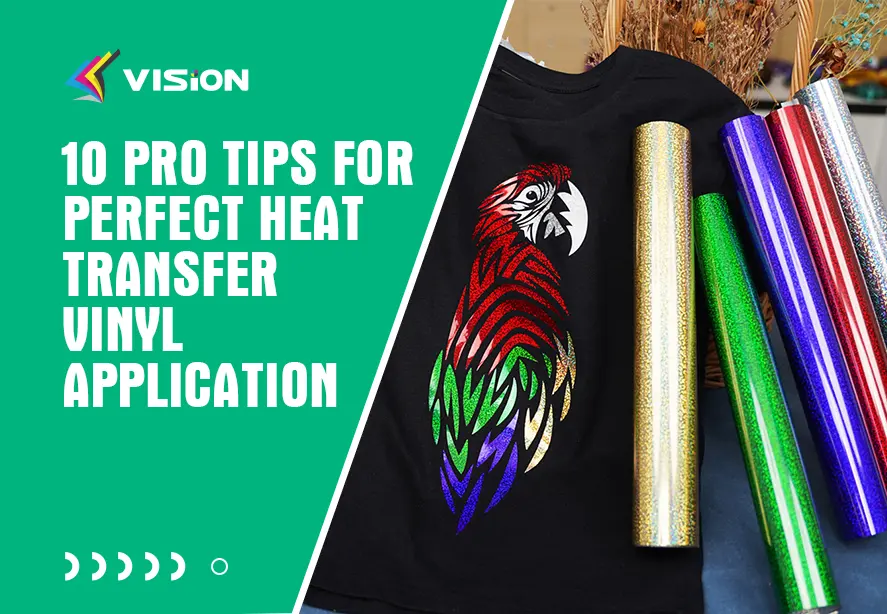
Applying heat transfer vinyl can elevate your crafting projects to a professional level — whether you’re customizing T-shirts, tote bags, or other fabric items. However, getting a flawless finish requires attention to detail and the right techniques. Here are 10 pro tips to help you achieve perfect heat transfer vinyl application every time.
How to get perfect Heat Transfer Vinyl results?
1. Choose the Right Vinyl for Your Fabric
Not all HTV is created equal. Match the vinyl type to the fabric to ensure proper adhesion and durability.
Regular HTV works well on cotton, polyester, and blends.
Stretch HTV is ideal for spandex and stretchy fabrics.
Glitter and metallic HTV add texture and shine but may require a higher pressing temperature.
Flock HTV creates a soft, velvet-like finish, perfect for textured designs.
Related:
What fabric is best for heat transfer vinyl?
2. Pre-Wash and Dry Your Fabric
Always pre-wash your fabric without fabric softener before applying HTV. This removes any sizing, chemicals, or residues that could interfere with adhesion. Dry the fabric completely to prevent shrinking after the vinyl has been applied.
3. Use the Correct Cutting Settings
Adjust your cutting machine settings based on the type and thickness of the vinyl.
Perform a test cut to ensure that the blade cuts through the vinyl but not the carrier sheet.
Use a sharp blade and moderate pressure for clean cuts.
For intricate designs, slow down the cutting speed to increase accuracy.
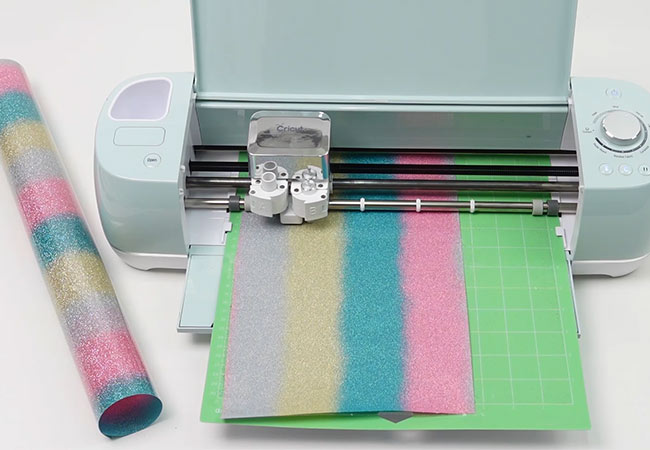
cricut heat transfer vinyl
4. Mirror Your Design Before Cutting
Since HTV is applied face down, always mirror your design in the cutting software. Failing to do this will result in a backward or incorrect design once transferred to the fabric.
5. Weed Carefully and Cleanly
Weeding is the process of removing excess vinyl from the cut design.
Use a weeding tool or tweezers for precision.
Start from the outside edges and work inward.
Good lighting can help you spot small details and avoid accidental tearing.
6. Pre-Press Your Fabric
Before applying HTV, pre-press the fabric for 3 to 5 seconds at the recommended temperature.
This removes moisture and wrinkles, creating a smooth surface for vinyl application.
Pre-pressing helps the vinyl adhere better and prevents peeling.
7. Apply the Right Temperature, Pressure, and Time
Follow the manufacturer’s instructions for temperature, pressure, and pressing time.
Most HTV applies well between 300°F to 320°F (149°C to 160°C) for 10 to 15 seconds.
Use medium to firm pressure with a heat press or household iron.
Make sure the heat press covers the entire design evenly.
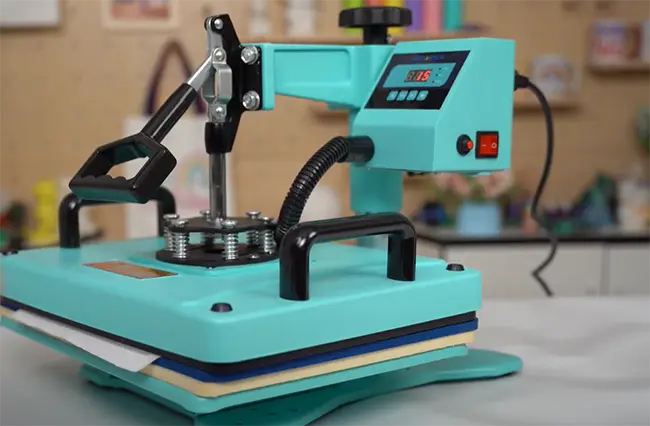
heat pressing
8. Peel at the Right Time
HTV can be either a hot peel or cold peel depending on the type of vinyl.
Hot Peel: Remove the carrier sheet immediately after pressing while still warm.
Cold Peel: Wait until the vinyl cools completely before removing the carrier sheet.
Incorrect peeling can cause the design to lift or wrinkle.
9. Apply a Finishing Press
After peeling, place a Teflon sheet or parchment paper over the design and press again for 5 to 10 seconds.
This step increases durability and ensures the vinyl is fully adhered to the fabric.
A finishing press smooths out the edges and gives the design a professional look.
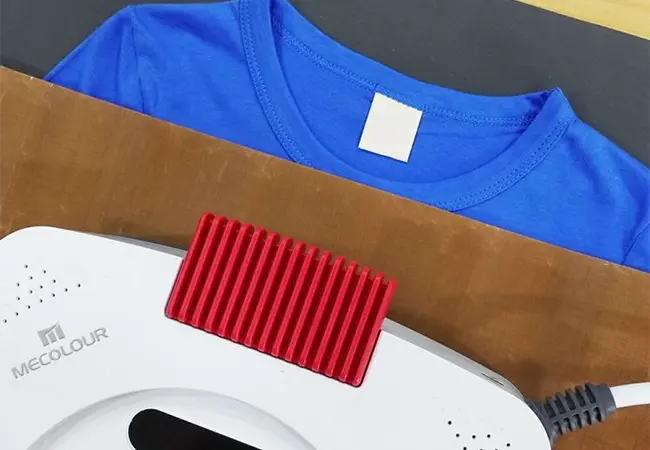
teflon sheet
10. Wash and Care Instructions
To maintain the quality and longevity of your HTV design:
Wait 24 to 48 hours before washing the garment.
Wash inside out in cold water with mild detergent.
Avoid bleach and fabric softeners.
Tumble dry on low or air dry — avoid high heat.
Never iron directly over the vinyl design.
Mastering heat transfer vinyl application requires a combination of the right materials, proper techniques, and attention to detail. By following these pro tips, you can create durable, high-quality designs that look professional and last through multiple washes. Whether you’re crafting for personal use or starting a business, these strategies will help you achieve consistent, impressive results.
Related:
Essential Tools for Perfect Heat Transfer Vinyl
How to choose the perfect Heat Transfer Vinyl for T-Shirts?
9 Do’s and 9 Don’ts of Layering Heat Transfer Vinyl


